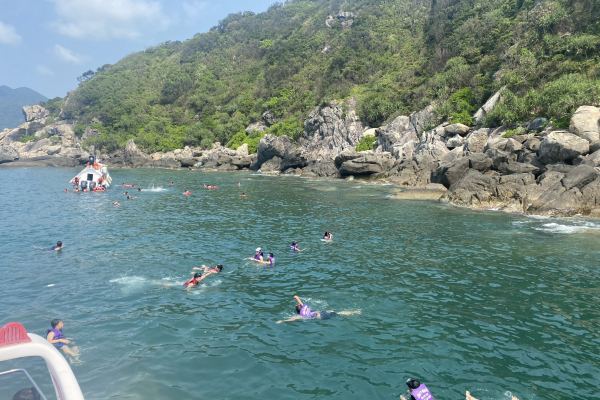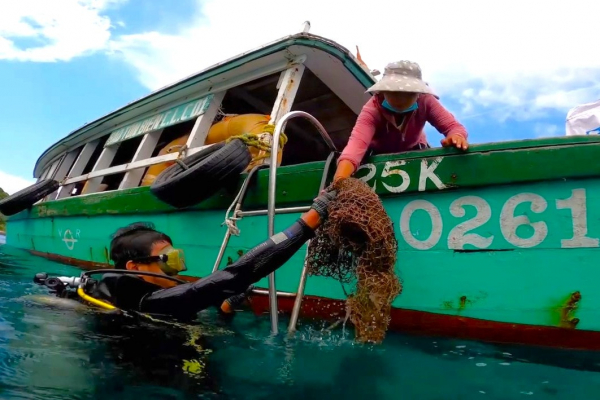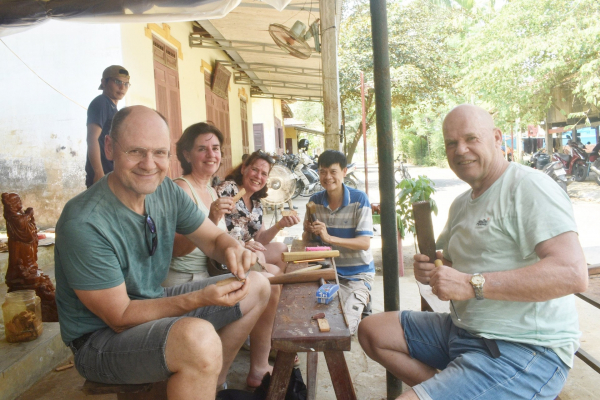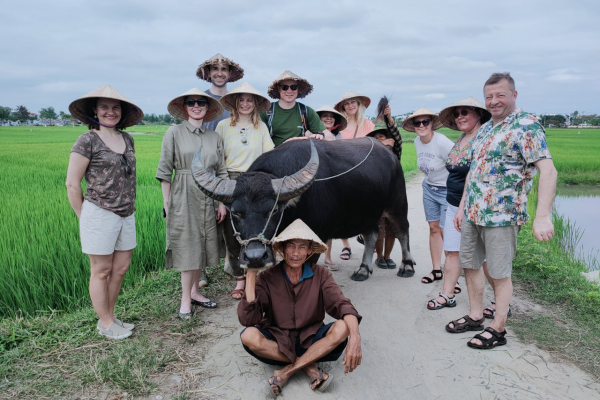.jpg)
1. In the seventeenth and eighteenth centuries, Hội An was the largest trading port in Cochinchina (Đàng Trong), Vietnam, as well as a busy trading place “on the wharf under the boat”. Merchants from all over the world gathered here to exchange diverse goods and rich products.
This is the land known as the convergence of rivers - ethnic groups - cultures. And only this place has unique cultural features that are unique in both Vietnam and the world. In the heart of the ancient town (the old commercial port), there are many architectural works of various types, such as communal houses, pagodas, temples, ancient houses, assembly halls, Japanese Covered Bridge, etc.
2. In which, Hội An communal house (also known as Ông Voi communal house) is a large-scale work in the South with a total area of more than 1300 m2. Its function was to meet the religious demands of Hội An village, which appeared nearly 400 years ago with developed economic life and trading strength. Many good workers of the village were requisitioned and bestowed with dignitaries by the dynasty.
Inside, there are many complex works such as the shrine, vestibule, main hall, backyard, east house, west house, water well, etc. The communal house dates back a long time (later Lê dynasty) in Hội An. The horizontal lacquered boards indicate that it was built about 300 years ago, although the exact building year is unknown. For 40 years, people used the communal house space to build the Minh An kindergarten.
Ông Voi communal house is a typical cultural-religious work of the locals. Before 1960, people often called Hội village’s communal house, but the name Ông Voi communal house came from the 1960s (of the 20th century) because many people came here to stay temporarily at that time, and there were two elephants in the communal house, so they called Ông Voi communal house.
3. The Ông Voi communal house's architectural decoration is quite diverse and sophisticated in every detail. The décor motif revolves around flora and natural patterns. The gate, for example, combines traditional and Western decorative knowledge.
In the backyard, behind the altar is the staircase to the 2nd floor, which is illuminated with flower-shaped ventilation squares. The bearing frame system is made of a combination of wood, stone, brick and mortar. The column systems in the front of the main hall, the east house and the west house are made of monolithic stones which are carved with Sino-Vietnamese character couplets.
The artistic value of the communal house is impressed by the details on the wood, especially the double pillars of the east house, the west house, the main hall facade,...
The golden-painted horizontal lacquered boards contribute to increasing the aesthetics and sanctity of the communal house.
4. There is a space to worship Thành Hoàng, Ngũ Hành Tiên Nương, Bạch Thố, Phiếm Ái, and Bô Bô inside the communal house. In addition to the village’s guardian gods, they worship the river gods in the traditional Vietnamese culture. This shows that the river factor has a significant impact on the spiritual and material lives of locals because it has a direct impact on trade, transport and fishing activities on the river.
In addition to the function of worship and religious rituals, Ông Voi communal house is also the place where many other political, cultural and social activities take place.
In general, Ông Voi communal house still retains the true character of the Vietnamese communal house, where the village's gods are worshiped and annual rituals take place. It is also a place for community activities in the fields of politics, culture-art, education and sports of the village.
5. Village culture has gone deep into the subconscious of Vietnamese people. Despite the fact that Hội An is a commercial land where trading is the main focus, the people here still focus on building communal houses to worship the village's Tutelary deity and the key gods that people appreciate in spiritual life.
It is the continuation of the cultural source from many generations in the cultural life of Vietnam, with the inheritance and adaptation to suit the actual situation in the locality through the periods, especially during the period when Hội An was an international trading port with strong cultural exchanges. The people have learned, absorbed and changed accordingly, integrating but not dissolving in the context of the original Vietnamese culture interspersed with some other cultures at that time in this place.





 VietNam
VietNam





